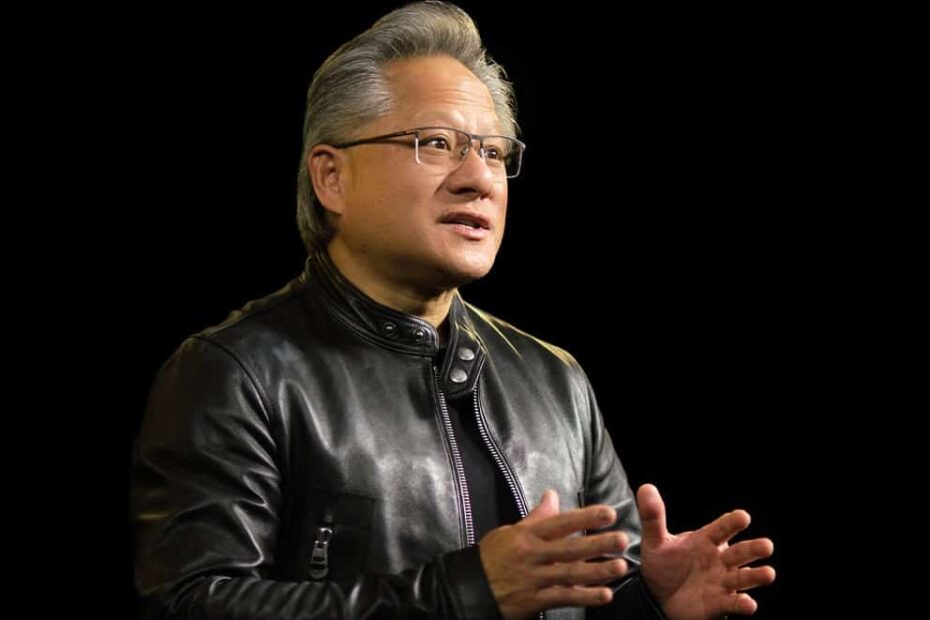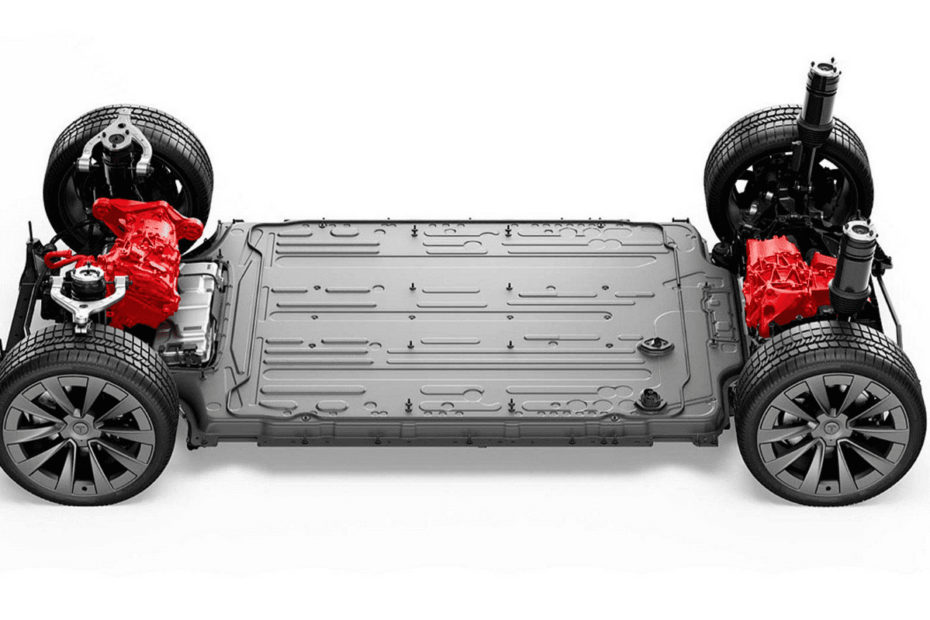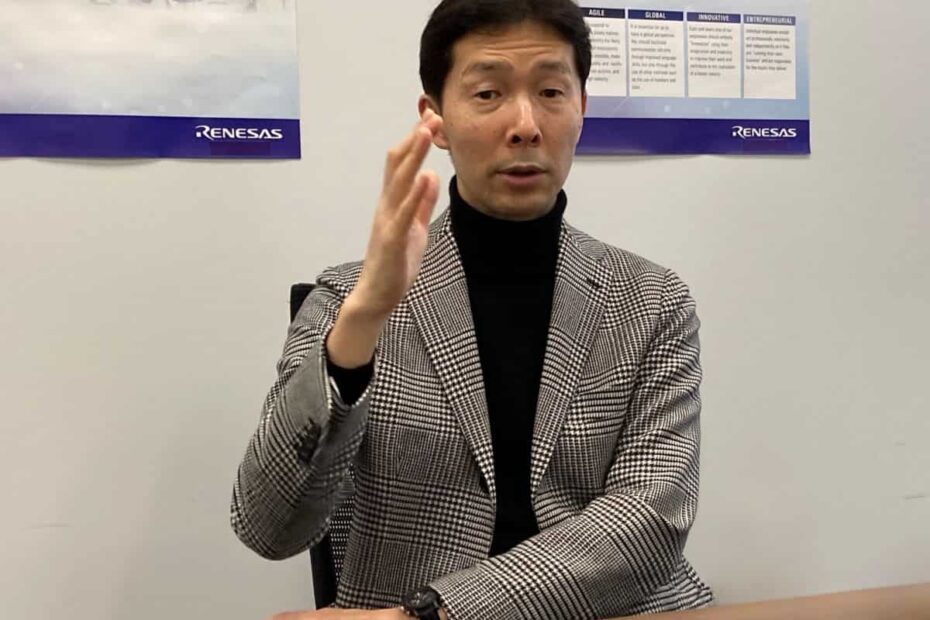The Ultra Question for Ultra Cruise
What’s at stake:
General Motors is throwing all the sensor technologies they can scrounge at its upcoming Ultra Cruise – the company’s next-generation hands-free driving system. Will that make Ultra Cruise a better “automated vehicle” than a Tesla?
The sensor suite that comes with General Motor’s new Ultra Cruise seems quite impressive. But what jumped out to me in GM’s announcement wasn’t the gadgetry. The grabber was the new claim that GM customers will “over time” be able to “travel truly hands-free with Ultra Cruise across nearly every paved public road in the U.S. and Canada, including city streets, subdivisions and rural roads, in addition to highways.”
Read More »The Ultra Question for Ultra Cruise









